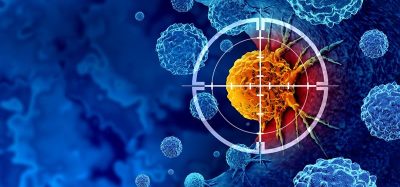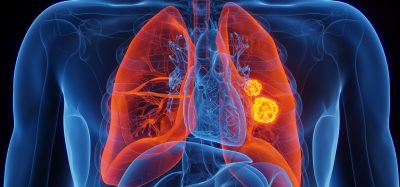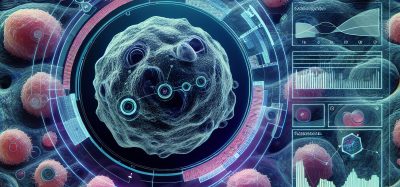Defining the senescence profile of colon fibroblasts
Posted: 4 March 2024 | Drug Target Review | No comments yet
Researchers have generated a SASP atlas of human colon fibroblasts and assessed the resulting transcriptome.


Researchers from the Fred Hutchinson Cancer Center and the University of Washington School of Medicine have generated a senescence associated secretory phenotype (SASP) atlas of human colon fibroblasts, using RNA sequencing to validate a core senescent profile that could have an important role in shaping the colon microenvironment.
For many diseases, including several types of cancer, advanced age is the largest risk factor. Senescent cells accumulate with age in different tissues, where they can modulate the surrounding tissue microenvironment through their senescence associated secretory phenotype (SASP).
The team of scientists have recently shown that there is an increased number of senescent cells in the colons of colorectal cancer (CRC) patients and demonstrated that senescent fibroblasts and their SASP create microniches in the colon that are conducive to CRC onset and progression. However, due to the heterogenous and cell-specific composition of the SASP, the exact senescence profile of colon fibroblasts has not been clearly elucidated.
In the new study, the team generated a SASP atlas of human colon fibroblasts, by inducing senescence in primary human colon fibroblasts using various in vitro methods and assessed the resulting transcriptome. The authors commented: “We utilised various relevant stressors to induce senescence in primary cultures of colon fibroblasts and perform RNA sequencing (RNAseq) to define an atlas of stressor-specific senescent profiles and a core senescent profile that is commonly regulated by all senescence inducers.”
The team conducted further validation by quantitative RT-PCR and Luminex assays, which defined and validated a core senescent profile that could play an important role in shaping the colon microenvironment. The profile included several upregulated cytokines and chemokines, growth factors, proteases, protease inhibitors, tumour necrosis factor receptors, transmembrane proteins and glycoproteins. Also, they performed KEGG analysis and GO analyses to find key pathways and biological processes that are differentially regulated in colon fibroblast senescence.
They concluded: “Further studies will be needed to address the limitations of our study and to translate our understanding of the SASP and disease into clinical care.”
This study, which could result in therapies to improve health in the elderly and prevent CRC, was published in Aging.
Related topics
Analysis, Cancer research
Related conditions
Colorectal cancer
Related organisations
Fred Hutchinson Cancer Center, University of Washington School of Medicine








